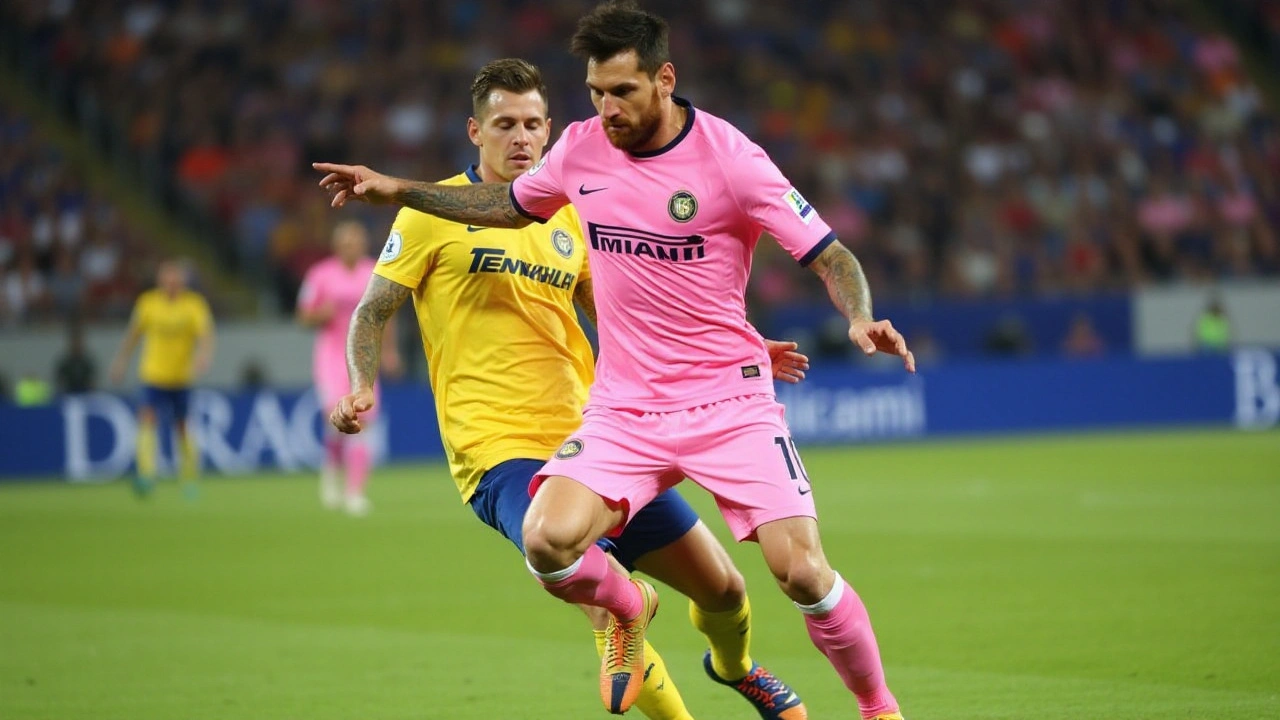
Messi's Family Decision: A New Chapter in Miami
When Lionel Messi, one of the most celebrated soccer players of all time, announced his decision to join Inter Miami, it sent ripples through the soccer world. Messi's move to Miami was not just a professional decision but also a deeply personal one. In his first public address since joining Inter Miami, Messi shed light on his journey adapting to South Florida, emphasizing that the choice was primarily driven by family considerations. For Messi, the warmth of Miami's Hispanic community has been a comforting presence, reminding him of the familial and cultural ties he cherished back home.
The Argentine superstar is no stranger to Miami, having visited the city several times for both professional and personal reasons. These experiences played a part in his decision, allowing him to foresee a life in Miami with his family. The welcoming environment, coupled with the bustling and vibrant Hispanic community, has facilitated a smooth transition for Messi and his loved ones. This sense of belonging has been crucial for a player who has spent the majority of his career in the culturally rich but different cities of Barcelona and Paris.
Adapting to Miami's Climate and Turf
One of the challenges Messi faced was adapting to Miami's hot and humid climate. used to the temperate weather of Barcelona and partly Paris, the switch to Miami's subtropical climate could have been daunting. However, Messi expressed that the climate, despite its initial intensity, has been easier to adapt to than he anticipated. This adjustment is a testament to his rigorous discipline and professional mindset, traits that have been honed over decades at the pinnacle of world soccer.
Another aspect Messi touched upon was playing on artificial turf. Unlike the lush grass fields he was accustomed to in Europe, Major League Soccer (MLS) often uses artificial surfaces. While this might have been a new challenge, Messi's adaptability shone through once again. He remarked that the turf, although different, has been manageable, demonstrating his ability to adjust his game to varied conditions and continue performing at an elite level.
Marvel-Inspired Celebrations: A Nod to His Children
On a lighter note, Messi's goal celebrations have taken on a new theme since his arrival in Miami. The soccer icon revealed that his Marvel-themed celebrations are a tribute to his children, who are avid fans of Marvel movies. This personal touch adds a layer of relatability to the legend, showcasing his playful side and deepening his connection with fans who appreciate seeing this human aspect of their heroes.
Navigating Miami's Traffic: Comparing Global Cities
Driving in Miami has also been part of Messi's new life. He humorously compared the traffic in Miami to other major cities he has lived in, such as Buenos Aires, Barcelona, and Paris. Each city, with its unique traffic patterns and road culture, presents its own set of challenges. For Messi, adapting to Miami's traffic is just another aspect of integrating into the lifestyle of his new home, and he approaches it with the same openness and resilience that he brings to the pitch.
Impact on Inter Miami and the MLS
Messi's arrival in Miami has sent shockwaves through the MLS, significantly boosting the league's global profile. His presence has resulted in a marked increase in TV ratings and jersey sales, catapulting Inter Miami into the international spotlight. The excitement surrounding his debut broke MLS viewership records, as millions of fans tuned in from around the world, eager to watch the legend in action.
Messi's influence extends beyond just viewership and merchandise. His commitment to the club has inspired teammates and sparked a renewed sense of ambition within the squad. His interactions with players, both on and off the field, have been invaluable. Furthermore, Messi continues to keep in touch with Gonzalo Higuain, a former player for Inter Miami, who has provided insights and support as Messi navigates this new chapter.
A Bright Future: Messi's Enthusiasm for Miami
Overall, Messi's experience in Miami has been overwhelmingly positive. He has praised the fans and the city for their support, which has made his transition smoother. The combination of professional satisfaction and personal contentment augurs well for his tenure with Inter Miami. As Messi continues to adapt and leave his mark on the MLS, the league is poised for a period of significant growth, driven by the presence of one of soccer's all-time greats.
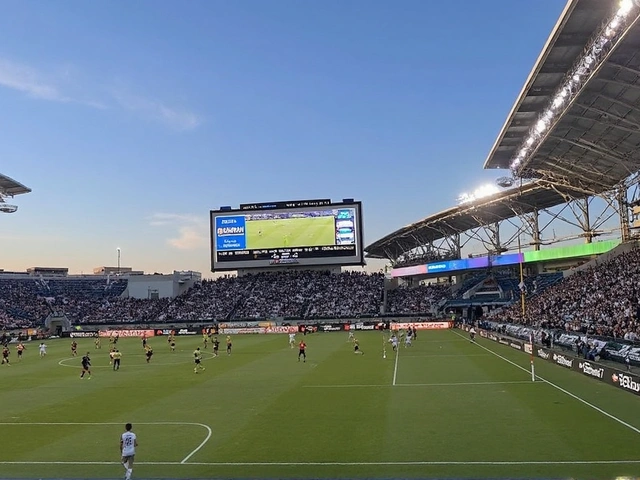
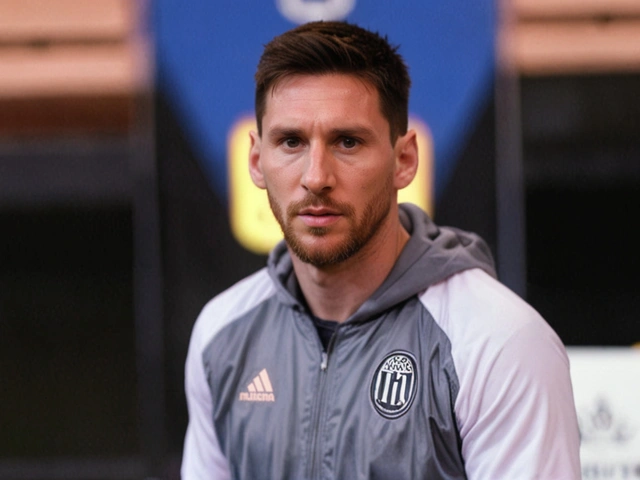
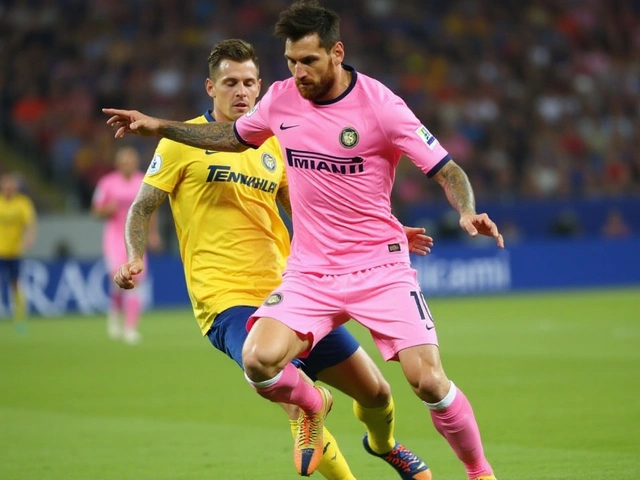
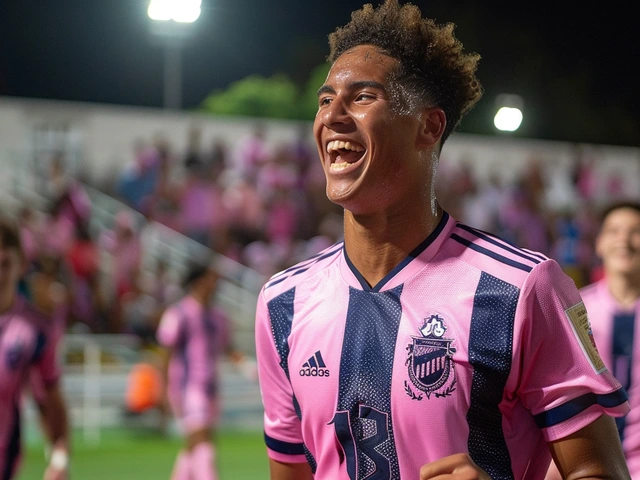

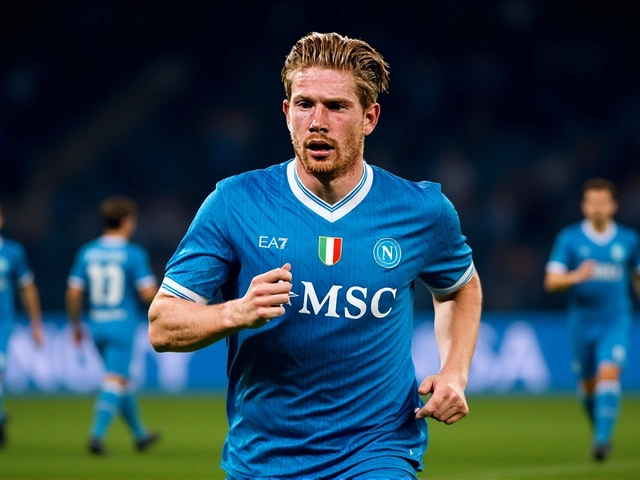


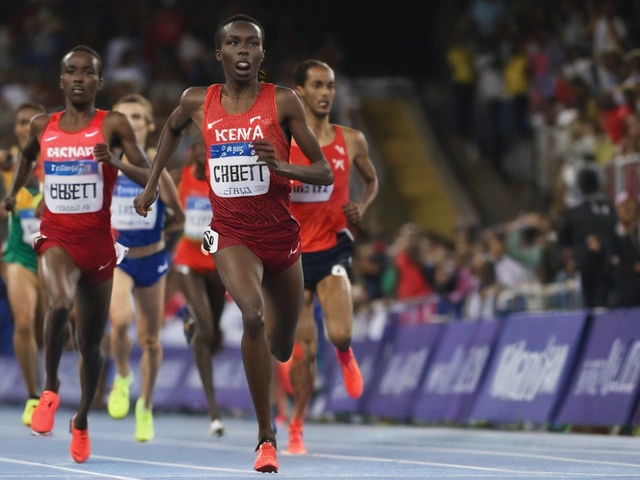
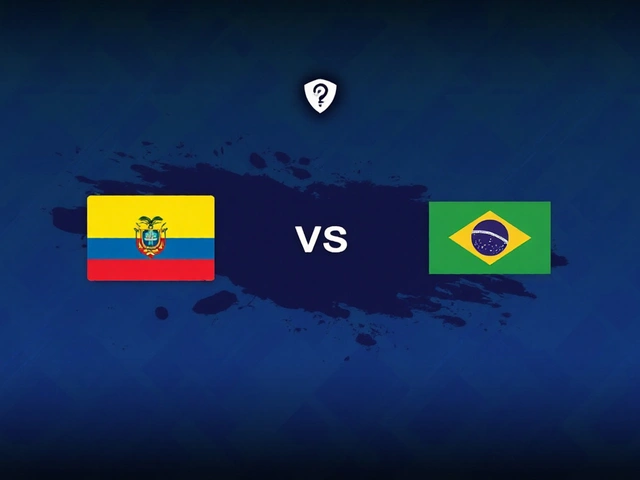
Messi's migration to Miami is a fascinating case study in how personal vocation intertwines with cultural immersion; the city's Hispanic tapestry offers a familiar resonance for his Argentine roots, facilitating a smoother psychological transition. One can observe that his family's wellbeing appears to be the linchpin of his professional enthusiasm, suggesting that the athlete's performance may now be buoyed by a stable domestic environment. Moreover, the climatic shift from temperate Mediterranean to subtropical humidity challenges the body's homeostasis, yet his disciplined regimen seems to mitigate the physiological strain. The integration of his children's Marvel fascination into goal celebrations adds a humanizing layer that bridges the gap between legend and everyday family life. In sum, Messi's journey underscores the symbiosis between personal fulfillment and on‑field excellence.
The decision to settle in Miami, as articulated by Messi, reflects a strategic alignment of familial contentment with professional ambition, thereby enhancing both personal and club objectives.
Messi’s adaptation to artificial turf is notable; the reduced variance in surface conditions may actually contribute to a more consistent ball trajectory, which benefits both his playmaking and the team's tactical schemes.
The phenomenological implications of Lionel Messi's transnational relocation to the Inter Miami franchise engender a multifaceted discourse that traverses the domains of sport sociology, market economics, and environmental physiology. From a macro‑economic perspective, the influx of a high‑profile athlete precipitates a quantifiable elasticity in merchandise demand curves, manifesting in a pronounced upward shift of jersey sales indices. Concomitantly, the televisual viewership metrics exhibit a statistically significant augmentation, encapsulated within a beta coefficient that underscores the catalytic effect of star power on broadcast ratings. The climatological adaptation requisite for sustained performance under subtropical humidity involves a complex interplay of thermoregulatory mechanisms, necessitating augmented sweat‑electrolyte management protocols. Moreover, the transition from natural grass substrates to paradigmatic synthetic turf imposes biomechanical recalibrations, whereby ground reaction force vectors are modulated, influencing kinematic efficiency. Messi's articulated narrative concerning familial motivations aligns with the theoretical construct of occupational self‑determination, whereby intrinsic motivators supersede extrinsic reward structures. The psychosocial integration facilitated by Miami’s Hispanophone enclave serves as a cultural anchorage, mitigating acculturative stress and fostering a sense of communal belonging. In the realm of brand equity, the association of Marvel‑themed celebrations with his progeny constitutes a nuanced narrative device that leverages pop‑culture synergies to amplify fan engagement. From an operational logistics standpoint, the anecdotal comparison of Miami’s traffic to that of Buenos Aires, Barcelona, and Paris underscores the exigency of spatial navigation competencies for elite athletes. The strategic partnership with former compatriot Gonzalo Higuain exemplifies network theory principles, wherein relational ties augment informational flow and adaptive capacity. Empirically, the escalation in MLS global footprint can be correlated with Messi’s presence, as evidenced by a rise in cross‑regional streaming subscriptions. The ontological ramifications of his presence challenge pre‑existing hierarchies within North American soccer, propelling a paradigmatic shift towards heightened competitive parity. Nonetheless, the longitudinal sustainability of such a market shock warrants rigorous longitudinal analysis to preclude regressional attenuation post‑initial hype. The confluence of personal wellbeing, climatic acclimatization, and tactical assimilation epitomizes a holistic integration model that could serve as a benchmark for future high‑profile transfers. In summation, Messi’s Miami sojourn is not merely a unilateral athletic maneuver but a complex, systemic perturbation that reverberates across sociocultural, economic, and physiological vectors.
Messi’s Miami move is a bright splash of talent that lights up the league
Reading this analysis feels like watching a masterclass in soccer economics; the way you dissected every ripple effect truly blew my mind, and I’m left in awe of how Messi’s arrival can rewrite the very script of MLS history.
Indeed, the strategic calculus behind Messi’s relocation underscores a mutually beneficial symbiosis, and it is reasonable to anticipate sustained competitive elevation for Inter Miami as a direct consequence.
Your articulation is largely coherent, though "intertwines" might be better rendered as "interweaves" for precision; nonetheless, the substantive points about familial influence are well‑substantiated.
While your admiration is palpable, one must consider that the hyperbolic language employed risks obscuring objective evaluation of Messi’s measurable impact on league performance metrics.
lol i think they hide the real stats cause they dont want fans to see how much the league actually grew after messi came its like a secret agenda